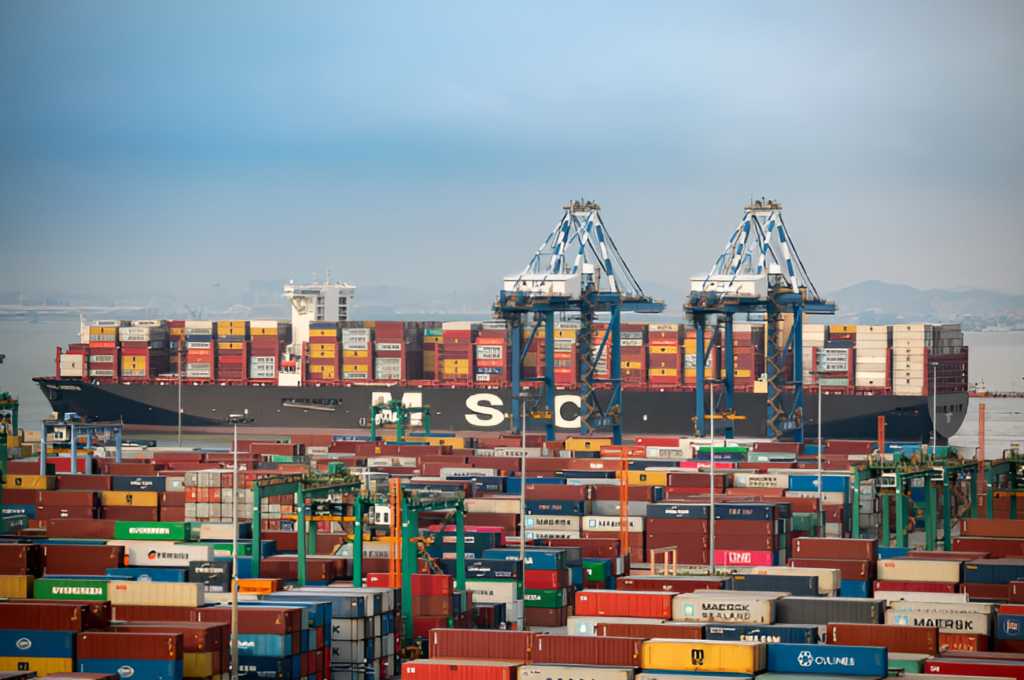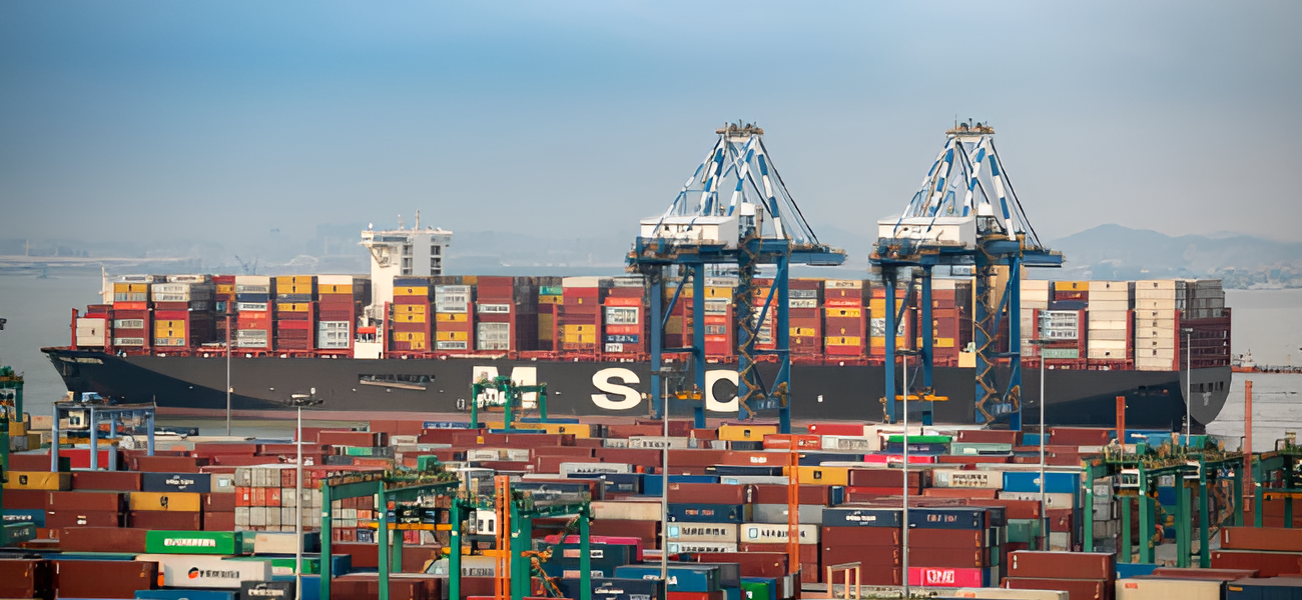
Rising shipping costs and logistical bottlenecks are wreaking havoc on global supply chains, driving up prices for businesses and consumers alike. From anchovies to coffee beans, industries across the board are grappling with the fallout of skyrocketing freight expenses.
Anchovies from Peru, for instance, have become scarce in Europe as high freight costs make them uncompetitive compared to local alternatives. Similarly, European olive growers are pulling back on exports to the U.S., citing prohibitive shipping expenses. Even coffee is affected—arabica beans from Latin America and robusta beans from Asia face delays and inflated transport costs, challenging the coffee industry’s resilience.
The shipping sector’s woes show no signs of abating. Lars Jensen, CEO of Vespucci Maritime, bluntly noted on a recent Flexport Inc. webinar that there’s “zero slack in the system.” French shipping giant CMA CGM SA echoed this sentiment, forecasting sustained demand for consumer goods transport throughout the year.
For companies dealing in bulky, low-value products like furniture and toys, the cost of freight has become an existential threat. According to Alan Murphy, CEO of Sea-Intelligence, shipping expenses for some furniture manufacturers now account for 62% of their retail prices. “You simply can’t survive on this,” Murphy warns.
Faced with these pressures, businesses are pivoting. Many are abandoning distant markets, seeking closer suppliers, or adopting drastic measures like trucking goods from China to Europe. “The longer these extreme shipping freight rates last, the more companies will take structural measures to shorten their supply chains,” says Philip Damas, founder of Drewry Supply Chain Advisors.
Inflation Concerns Grow
While central banks maintain that the current spike in prices is transitory, some economists caution against complacency. European Central Bank President Christine Lagarde acknowledged that supply chain disruptions are inflating production costs but argued that the effect will likely fade as economies stabilize.
However, Volker Wieland, an economics professor at Goethe University in Frankfurt, warns that higher shipping costs could build momentum over time, pushing producers to pass expenses onto consumers. “Even if the order of magnitude is smaller than estimated, the dynamic builds over a year and has significant effects,” he notes.
The shift in consumer spending from goods to services as lockdowns ease could temper inflationary pressures. But with ongoing disruptions in global shipping, the risk remains that elevated freight costs will persist, reshaping international trade and pricing for the foreseeable future.
For businesses, consumers, and policymakers, these trends highlight the urgent need to rethink supply chain strategies, ensuring resilience in an increasingly interconnected and volatile world.





